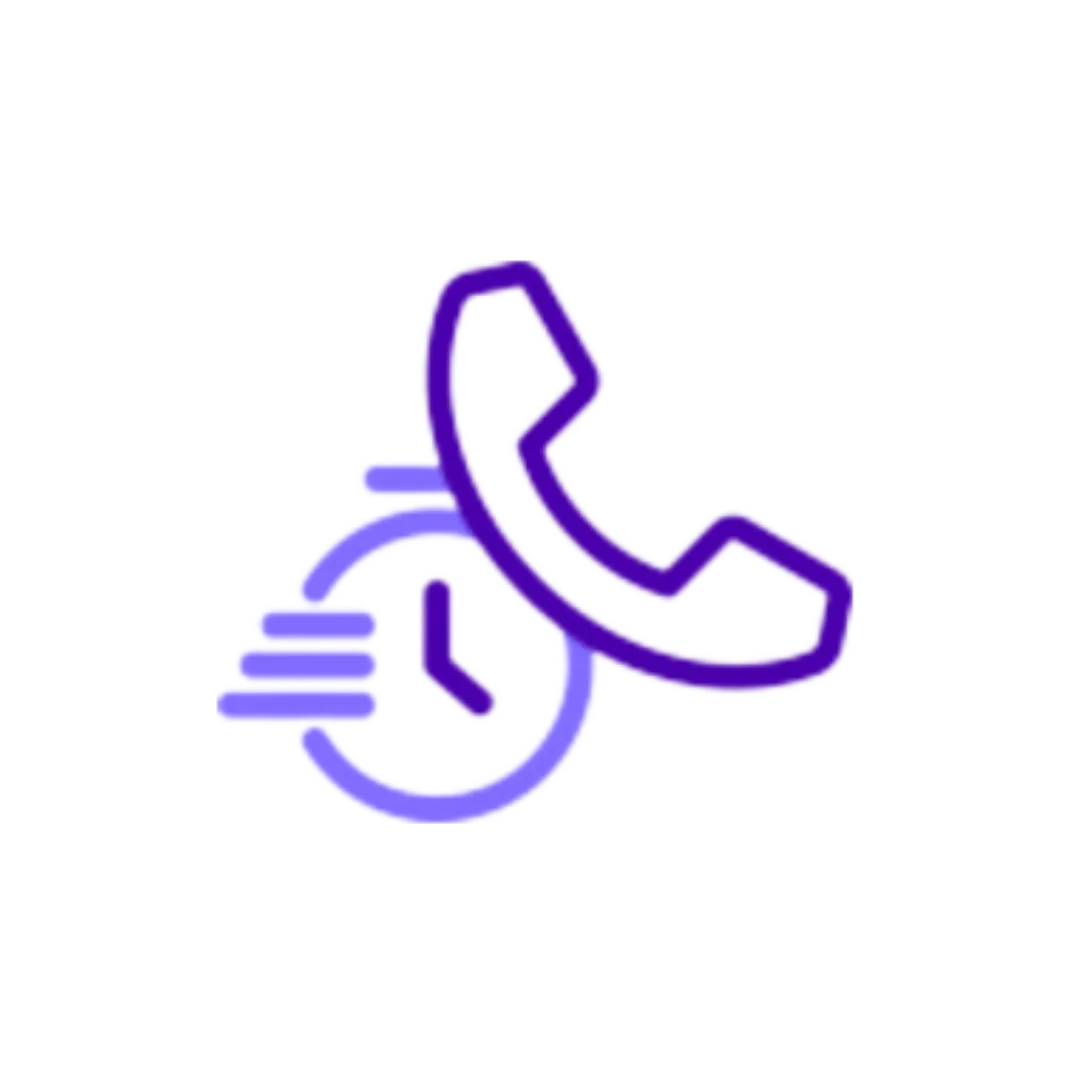Win the Call
Being the Practice Ambassador takes grit and determination
give them the training to fully embrace their role as the face of your practice
Win the Call
Being the Practice Ambassador takes grit and determination
give them the training to fully embrace their role as the face of your practice
Scheduling Coordinator Training
Empower the role that has the most frequent interactions with your patients and parents. They set the tone - let's make sure it's a great one.
Being on the front desk is more than reading scripts or hiding behind the "do not disturb" - let's help your team create that perfect first impression.
I am Amy, and my training program helps your Scheduling Coordinators improve their phone and in-person patient interactions. I provide coaching for efficient & impactful first impressions, teaching new strategies & habits to improve your scheduling skills!
Are you looking to train your team to build better relationships with patients? Our customer service training will give your team the tools they need to provide excellent customer experiences.




Specific Training for your Front Desk team
A scheduling coordinator is more than just an appointment setter - they truly are the face of the practice and help your patients to fulfill their orthodontic dreams.
Empower them - sign up for my coaching!
A scheduling coordinator is more than just an appointment setter - they truly are the face of the practice and help your patients to fulfill their orthodontic dreams.
Empower them - sign up for my coaching!
Phone Coaching
Phone skills training for efficient and impactful first impressions
Master the first and last impression
Learn how to offer appointments to your schedule
Know how to prevent escalations
Master the initial inquiry call to prevent no-shows
Mousy to marvelous or edgy to polished
All Packages Include:
Coaching & accountability - Online Library Portal - Standardized training - Options for remote & on-site initial training
Train your team to become effective scheduling coordinators and learn how to manage patient appointments efficiently.
Signing up with Amy will guarantee your front office team gains the skills needed!

Want to give your Staff their first step in Front Desk training from just $300?
Trapezio has launched The Academy of Front Desk Coordinators which is the perfect foundational training to creating a confident front desk team.
Join Amy's mailing list today and receive her ALERT training as a thank you!
It happens. People get frustrated. Sometimes they vent at us simply because we're the ones on the other end of the phone, regardless of whether we have had a part to play in the situation.
I always remember "Event + Reaction = Outcome". You can control your reaction, not the event, and it still affects the Outcome.

What Our Clients Are Saying
My customer communication training will help you to 10X your patient experience to massively impact your Win ratio!

40%
Decrease in No Shows
because all your customer relationships are real connections, right from the start.

64%
Reduction in Longer, Problem Calls
because you're no longer inadvertently upsetting your valued customers.

20%
Increase in Production
because you've built trust with your customers from the beginning, so your win ratio is much higher.
HOW TO WORK WITH ME

Phone Coaching
Telephone skills training for efficient and impactful first impressions with your receptionist and front office team.

Sales Coaching
Treatment Coordinator communication training for consultations to adapt, read the room, and win the start.

Workshops & Keynotes
Book me for your team or appreciation event you are running to provide customer experience training.

The "Big Two" of Communication
We are busy communicating and being communicated with our entire lives. And as you may have noticed, it doesn’t even require verbal communication to get a point across. Think of how babies let us know their needs and how they cue us before even mastering a spoken language. And don’t even get me going on how our pets communicate with us. No words are needed for them to get their point across and gain our compliance and cooperation.
Within our practices we are using many types of communication, including:
• Verbal
• Non-verbal
• Visual
• Written
• Digital
• …and more
The challenge is how to be effective in our communication, ensuring our messages are received as intended. There truly is an art and science to effective communication. There is more to communication than repeating or templating rote scripts. Communication is not only heard but FELT.
Over the last 50 years, there has been a lot of research regarding communication. Communication scientists have proven there are two critical components of effective communication.
The “Big Two” are:
• Warmth, and
• Competence
Let’s take a few moments and dive into each one. (And as an aside, multiple studies have shown that both adults and children form rapid evaluations of Warmth and Competence…as quickly as 100 milliseconds after exposure to a person’s face!)
Warmth
Warmth is evaluated on characteristics such as friendliness, trustworthiness, sincerity, and helpfulness.
Warmth helps the recipient answer the question,
“What are your INTENTIONS toward me?”
It answers, “Friend or foe?” This is such a critical piece of information as it impacts our “survival.” And because of this it is not surprising recent research* (2021) shows Warmth as more influential than Competence.
Warmth helps to build trust and rapport. And when that happens, people are more likely to open up to us and share, leading to greater clarity.
Competence
Competence is evaluated on characteristics such as intelligence, skill, ability, and creativity.
Competence helps the recipient answer the question,
“Are you able to ENACT your intentions?”
It answers, “Can you do it? Do you have the autonomy to do so?”
Competence is the gateway to respect. And when that happens, people assign a higher value to the solutions you can provide.
Bringing them together
All communication becomes more effective when we BALANCE both Warmth and Competence. An overemphasis on Warmth could mean while someone may love you, they may not take you seriously. And an overemphasis on Competence could make people think you are sterile, cold, or unapproachable.
When balancing the “Big Two,” we would do well to LEAD with Warmth and then SUPPORT with Competence. This aligns with a famous quotation attributed to Teddy Roosevelt and popularized by John Maxwell. It says,
“Nobody cares how much you know until they know how much you care.”
When you balance Warmth and Competence, the result is CHARISMA.
Charisma
A dictionary definition of charisma is “compelling attractiveness or charm that can inspire devotion in others.” Wow – isn’t that what we strive for? Doesn’t that make it easy for patients to say YES to us and invoke compliance with treatment? It is sure a great start.
So, how do we demonstrate this? How do we make this practical?
Here are a few small, repeatable habits you can begin using or polishing up.
Demonstrate Warmth:
• Smile authentically when greeting someone in the office or on the phone.
• Add a polite welcome such as, “Glad to help” or, “Good to see you.”
• Actively listen to their replies.
• Finish with a polite closure such as, “Have a great day!”
Demonstrate Competence:
• Provide recommendations without ambiguous words (avoiding “kind of,” “sort of,” “around,” etc.)
• Use statement inflections when providing options while avoiding a final devaluing, “OK?”
• Build and use talking points when explaining information to avoid “rabbit trail” rambling.
Success for everyone
We improve communication by balancing the “Big Two” of Warmth and Competence. This results in more effective communication, which leads to success for everyone. Patients trust us, value us, and have higher compliance with our recommendations. And the trickle-down effect is smoother transactions, more referrals, and more starts for our practice.
Success is when patients and parents think two things about our interactions with them:
• “They get me!” (Warmth)
• “They get it!” (Competence)
They TRUST us!
*Li, M., Mai, Z., Wang, S. et al. Warmth is more influential than competence: an fMRI repetition suppression study. Brain Imaging and Behavior 15, 266–275 (2021).
What Our Clients are Saying



Amy believes in giving back and paying it forward by donating 10% of ALL proceeds to organizations that help others.
Click on any logo to learn more about the organization.
Preferred Provider For:
As a bonus for being a member of these organizations you will receive a discount on my services.
Schulman Group leaders say
“The Schulman Group is pleased to call Amy Demas/Communicate Excellence one of our valued preferred consultants and a huge advocate for our educational programming efforts. Her "can do" attitude has served the group in many capacities over the years…..as a consultant, as a program speaker and most recently served as moderator for our Doctor and Team Meeting. As speaker and consultant, Amy offers invaluable insight on communication skills for all orthodontic team members and has helped a number of our members streamline and improve office interactions with patients.”
Emily, Mari's List says
"Amy Demas is a shining star when it comes to training front desk staff, scheduling coordinators and treatment coordinators. She truly communicates excellence. Mari's List feels confident endorsing Amy because of her long history of exceptional professionalism and glowing reviews from our members."










